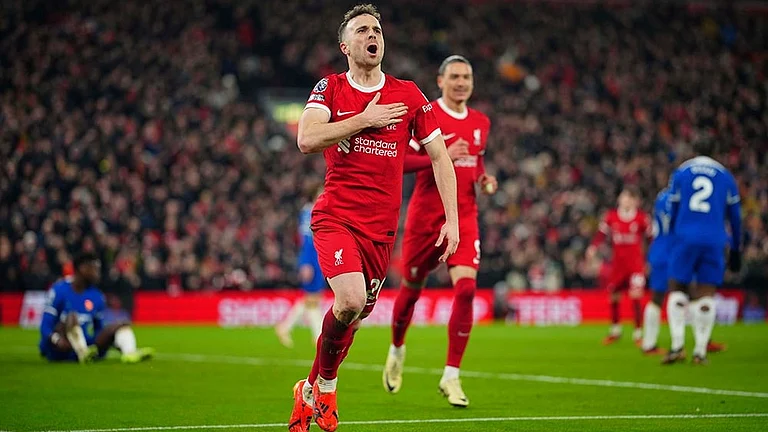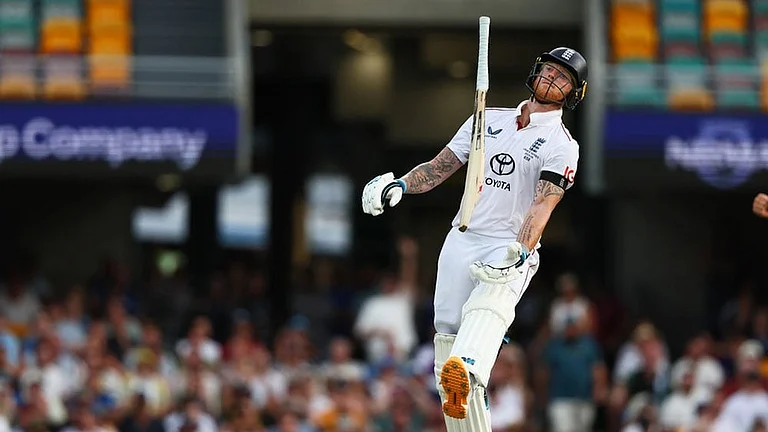The book is divided into four broad sections: India's development strategy, transition to an open economy, poverty and reform and centre-state relations. In the first section, in a brilliant piece Amartya Sen not only acknowledges that Manmohan has been, in a sense, a better economist than himself, but also goes on to refute the oft-repeated criticism that Manmohan Singh the finance minister was intellectually 180 degrees away from Manmohan
Singh the pre-FM academic. He correctly argues that if one were to peruse the academic writings of Singh during the corresponding time periods it comes through clearly that he is not culpable of the intellectual two-timing, which he is often accused of. Sen also salutes Singh's 'superior wisdom' for his brilliant academic exposition and empirical analysis by which he demolished the Government of India's export-import policy regime.
Chakravarthi Rangarajan throws more light on an old debate on the neutrality of money—does the rate of growth or the quantity of money supply influence the rate of growth of output in the economy itself? He concludes that while price stability is an important and, indeed, cherish-able policy objective, no regime should hold fetish for a zero inflation policy, which apart from being difficult to attain would also impose huge costs on achieving it. Rangarajan concludes that India should aim for an inflation rate of around 6 per cent which in the Indian context would be a good policy fix, with appropriate implications for competitiveness and our export regime as well.
Montek Ahluwalia surveys the state of India's infrastructure and concludes that while in the past few years there appears to have been growth without the development of infrastructure, this was mainly because of the prevailing slack in the sys-tem and therefore one must not confuse this to be a permanent state of affairs. Sound infrastructure is a sine qua non for economic growth and India, ever since the reforms got underway, has done precious little here, except for perhaps in telecommunications. In general, for various reasons private capital has shied away from infrastructure sectors. Ahluwalia predicts that investment to the tune of Rs 325,000-394,000 crore would be needed in the coming years for building up infrastructure capacity, something which the government alone can never achieve. Hence, the government must encourage and nourish this role and ability of the private sector.
In an incisive essay, Ashok Gulati analyses the threats faced by Indian agriculture. On the supply side he identifies irrigation, credit facilities and institutional factors like landholding patterns, while the other set of risks pertains to food security in general. Gulati bemoans the fact that Indian agriculture has consistently received a step-motherly treatment at the hands of policymakers since the '50s. The reforms of the '90s have provided a huge window of opportunity to correct this bias which would also go a long way in pushing growth forward in other sectors apart from having various positive implications for intersectoral and interpersonal equity. But for this the numerous supply side bottlenecks need to be freed and a more effective social security net needs to be put in place. Gulati has been one of the few reformers who has been playing the role of the devil's advocate by highlighting the repeated policy-based neglect of the agriculture sector, even after the current phase of reforms started. It is indeed strange that despite this, and despite the overwhelming presence of agriculture in India's GDP, everyone is still awaiting a credible agrarian policy to emerge.
Other essays in the volume are also impressive. These include: Jagdish Bhagwati and Meghnad Desai on the broad contours of India's economic strategy; Vijay Joshi on the effects of fiscal consolidation in India; Ajit Singh on liberalisation and the stockmarket; T.N. Srinivasan on India's export performance; Deepak Lal on economic reforms and poverty alleviation; and V.A. Pai Panandiker on Centre-State relations.
There could not have been a more appropriate and fitting tribute to celebrate both India's Golden Jubilee of Independence and Manmohan Singh's sixty-fifth birthday, than this spectacular intellectual applause, wherein between the covers of a single volume the world's most reputed and distinguished economic commentators and policymakers have critically analysed India's development regime. The book is in every sense paisa wasool, that is, worth every penny invested in it.






















